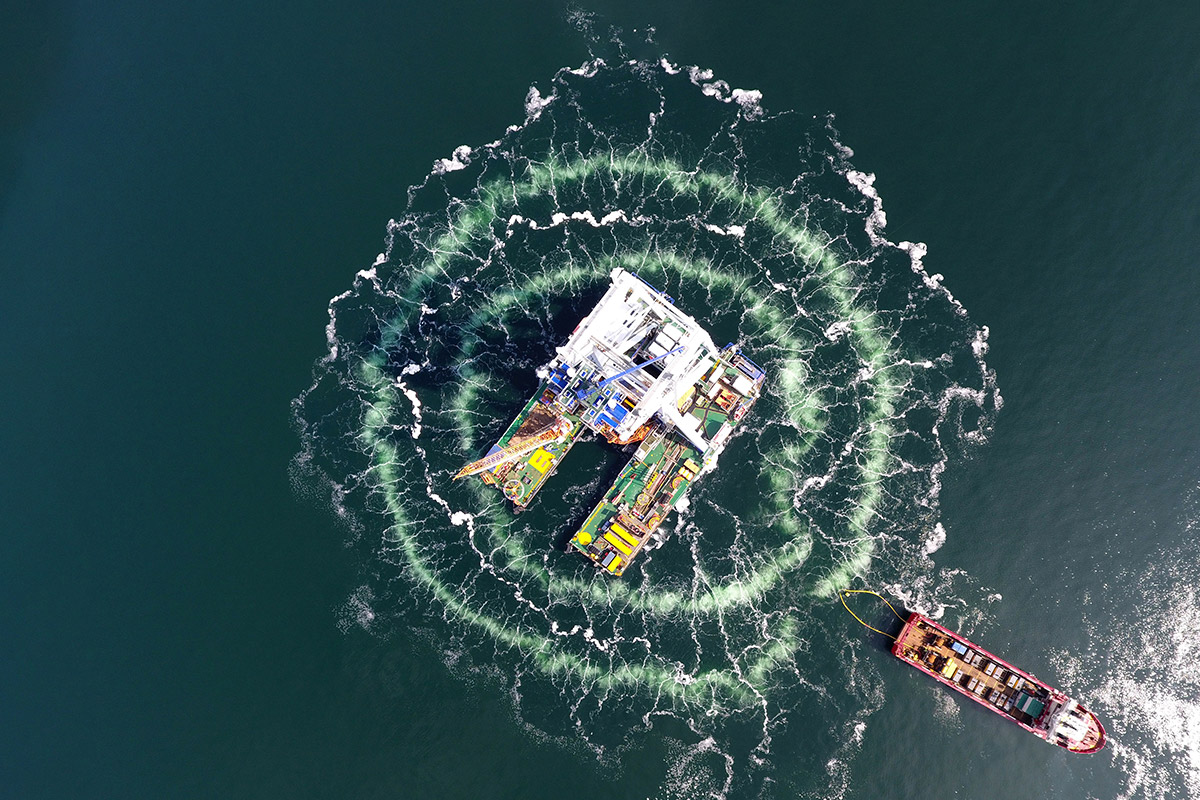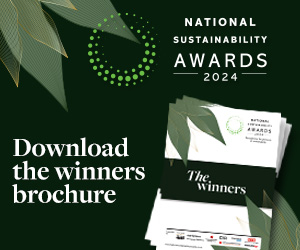A new report by Energy Systems Catapult (ESC) has found it is possible to reach net-zero by 2050 if the UK supports innovation and scale-up across three essential areas of low carbon technology, land use and lifestyle.
The Innovating to Net Zero report modelled hundreds of potential pathways to understand the combinations, interactions and trade-offs of competing decarbonisation approaches. The conclusion is positive, but it will need unprecedented innovation across the economy including new ways of deploying existing technologies, new business models, new consumer offerings, and, crucially, new policy, regulation and market design.
ESC admits the challenge is “daunting”, but also points to the commercial opportunities for companies able to deliver the innovations. An example of the scale of change required is shown by choosing a couple of variables – if demand for aviation and livestock products were eliminated by 2050, and technology deployment raised to even more ambitious rates, net-zero could only be brought forward to 2045.
The report believes that carbon capture and storage (CCS) and bioenergy are both essential to delivering the target While an 80 per cent target was still possible without CCS and scaling up biomass but with a much higher system cost. Failure to deploy either option means foregoing the negative emissions essential to offsetting continued demand for aviation and livestock products. Land use must be optimised to balance carbon sequestration with other priorities, with forestry providing a net carbon sink during growth and bringing wider environmental benefits. Biomass crops, when regularly harvested for energy (coupled with CCS), offer more intensive and indefinite sequestration.
Interestingly the report also highlights the increased use of hydrogen from virtually zero to levels equivalent to today’s electricity generation to supply industry, heat and heavy transport, as electricity generation will in itself need to double to supply huge increases in heating and transport (perhaps treble if hydrogen uses electrolysis). Therefore offshore/onshore wind and solar will need to grow significantly under any scenario.
Full report here.
Latest News
-
Building Society hands out £1m to tackle inequality
-
Premier League and Comic Relief partnership aims to improve children’s mental health
-
Russell Hobbs launches food poverty campaign in schools
-
Tottenham Hotspur and charities launch film to tackle mental health stigma
-
Cardfactory funds homelessness charity’s team of psychologists
-
Bingo firm raises £300,000 for the Stroke Association
© 2019 Perspective Publishing Privacy & Cookies







Recent Stories